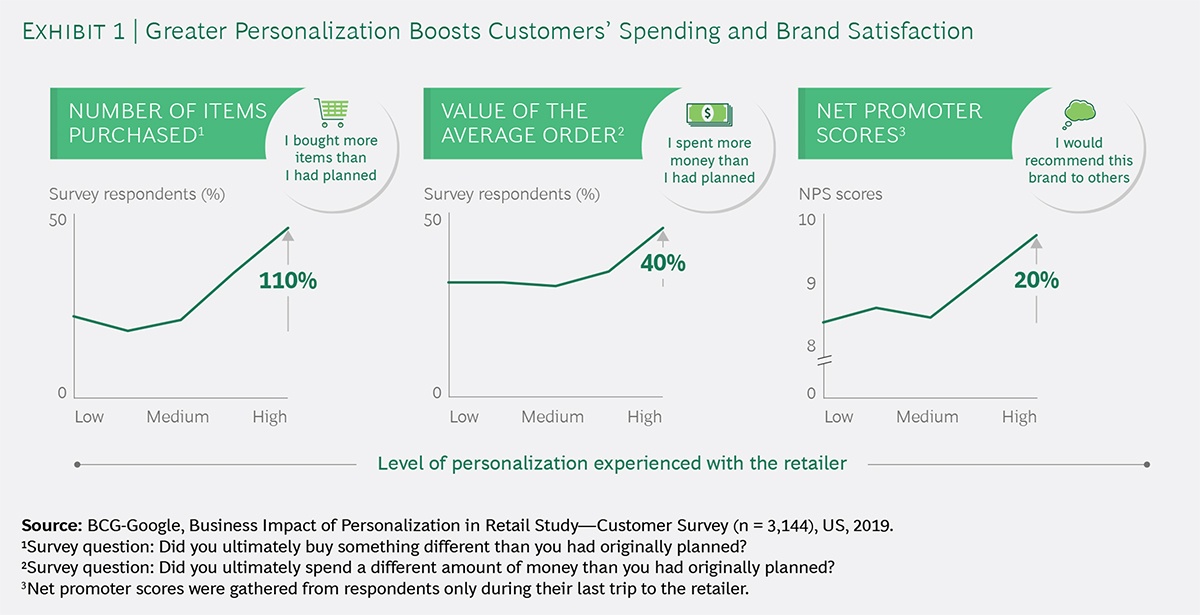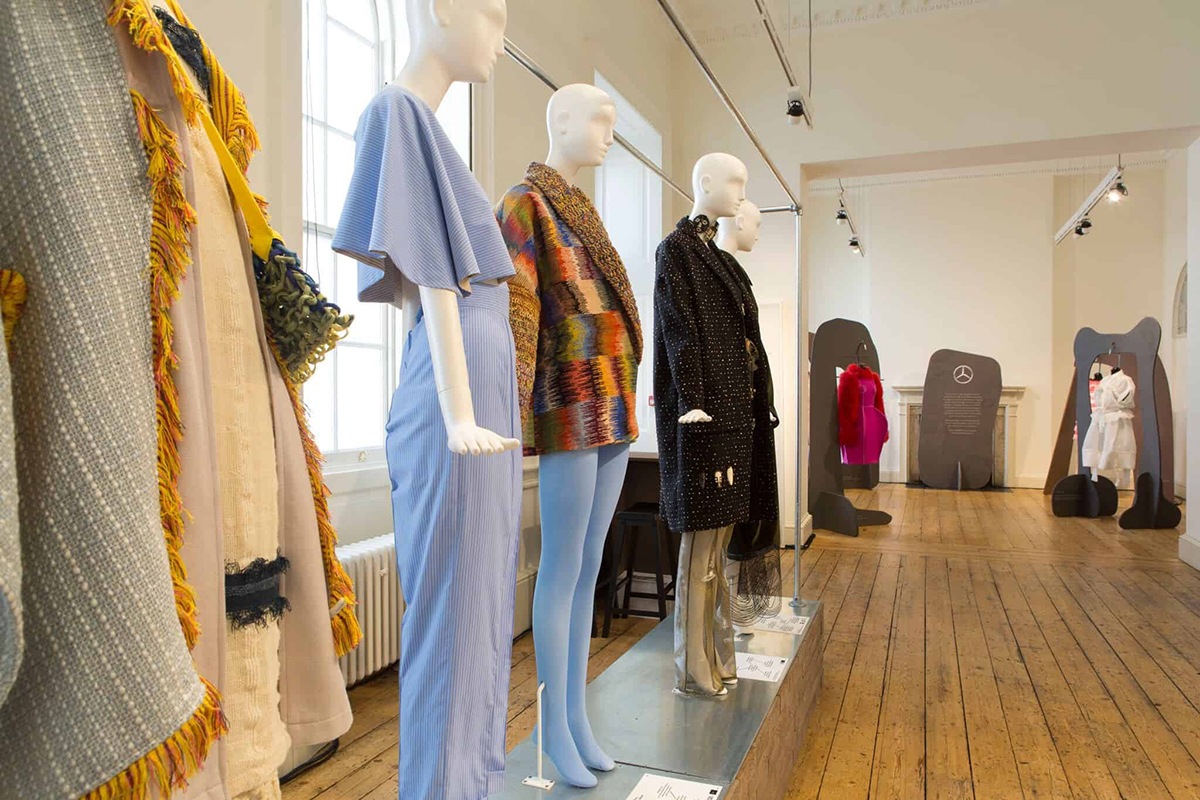Almost 100 years ago Henry Ford had turned mass production into the most popular and successful strategy in industry at that time. After a short period of time, during the Great depression, revolution happened in fashion industry as well – from “made to measure” to “ready to wear”. This change led to absence of individual approach in production of clothing. The main reason behind the switch to such a model was efficiency – buyers were welcoming price reduction and accepted standardized products. However, with technological progress and increase in common welfare, personalization has become one of the most relevant and in-demand trends in modern retail. Is comeback of individual approach possible in today’s environment?
McKinsey estimates that personalization will be the main trigger for success in retail in the next 5 years, and companies that do not use personalization will loose a significant amount of revenue or even go bankrupt. At the same time, according to BCG’s and Google’s findings, the demand for personalization still is not satisfied – most retailers and fashion brands cannot provide their clients experience that they expect. “The vast majority did not even make the first step in that direction – figure out what does personalization mean for their clients”. Meanwhile, personalization can influence revenue greatly – the possibility of further purchases increases by 110%, and the possibility that buyers will spend more than they planned – by 40%.

Retailers admit upward trend of demand for personalization and are adapting their investment strategies respectfully. On average, retailers reserve 0.7% of their revenue for investments in personalization, and the leaders of this race reserve 0.9%, which is 30% more than the rest of retailers do.
The future of personalization in fashion industry
Personalization can be divided into two dimensions – communications and product.
Communications. In hyper-competitive environment if fashion industry attraction of consumer’s attention and duration of such contact are among the most important indicators.
Offline personalization will be implemented through technologies of artificial intelligence, machine learning and computer vision. Even today there are solutions that allow identification of a person once they enter the store (or even earlier, through GPS or WI Fi in order to invite them to the closest store). After that all the information including purchase shows up on the consultants tablet and the client starts to receive personalized push-notifications with offers which, according to their search history or web search, might be interesting for them. Over decade’s term store windows will become digital personalized space that will conform to the people passing by, take into account their emotions and reactions.
Online personalization is strongly intertwined with usability: reliable trade sessions, adaptation of content and products on offer, marketing (where the prospects of online personalization are very favorable) and individual pricing strategy. Access to the data of search history and behavioral analysis of this data give the opportunity to bring personalization to a level of understanding the needs and wants of a client before they even realize those themselves, while different marketing channels – targeting, retargeting, email/sms (and other) mailing lists will ensure delivery of information about a suitable product at the right time.
Product. Morgan Stanley estimates that retailer’s losses caused by return of clothes in 2019 amounted to 60 bln. $, 88% of consumers are disappointed with size differentiation between brands, а annual volume of textile waste – 91 mln. tonnes.
According to Deloitte Consumer Review research more than 50% of consumers would want to buy customized products. Are they ready to pay for customization though? A great example of surficial customization is print on T-shirts which has become accessible and popular over 10 years period.
How fashion industry works today. Each brand has its own size line – set of basic mannequins typically designed based on national anthropometric studies of the country of origin, though each targets specific category, therefore even two brands from the same country might have significant deviations in size lines. KPI of basic mannequins is defined as % customers whom clothes suit in terms of size.

With such approach, according to the studies of SizeUK, more than 60% of Englishmen come across difficulties in finding clothing of the right size.
Digital avatar and virtual try-on
The most valuable resource for personalization and customization is data. Data about behavior, preferences, tastes, and, of course, factual physical measurements. But how can we determine physical measurements if, according to surveys, most man do not even know their parameters and women often make mistakes measuring themselves (hips, waist, bust, leg height, arm length)?
Virtual try-on widget helps to determine all these parameters by two photographs from smartphone (if user can’t take a photo for some reason, answering a couple of questions will be enough). Based on a huge dataset of colored digital avatars, neural network determines all the measurements and creates the exact digital copy of a client. Such data allows personalization of user’s experience and customization of the product for the client.
You don’t have to look for the right size of clothing in premium segment anymore – it can be done specially for you, development of technologies will make this process fast and seamless in the short run.
In economy segment, brands and retailers will be able to adapt their basic mannequins in accordance with actual visitors (in certain store, city, area or country) and offer suitable clothes to a much broader audience.
Don’t like the clothes that you see in stores? Create them yourself, try and test them on your digital avatar, and then order from your favorite manufacturer.
Communicational advantages are significant as well – retail forms a cloud of products that fit their size around the customer. Users can try these clothes on and see how they will look on them, while AI stylist makes suggestions on additional items to the look. On the basis of our pilot projects we can state that this significantly increases conversion and average cheque, decreases number of product returns, increases time spent on the website and the probability of future purchases.
In a long run, absence of such data may destroy brand’s competitiveness, and its name will join the long list of victims of retail-apocalypse.
Author: Alexander Yukhnevich

